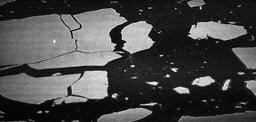- Create functional coatings with nanoparticles (altering e.g. wettability, reflectivity, biocompatibility, conductivity, binding properties etc.)
- Form model cell membranes at air-buffer interfaces and study the effects of toxins or pharmaceuticals on the cell membrane
- Form thin polymer films for the study of polymer crosslinking, stability, degradation etc.
- Study the interactions, adsorption, desorption, interfacial stability and structure of amphiphilic molecules
- Interfacial rheological studies to determine film stability, phase transitions or reactions
- Products
- KSV NIMA
- Fabrication & Deposition of Thin Films
- Langmuir & Langmuir Blodgett Troughs
L&LB
Langmuir & Langmuir-Blodgett Troughs
Premium systems to create thin film coatings with controlled packing density.
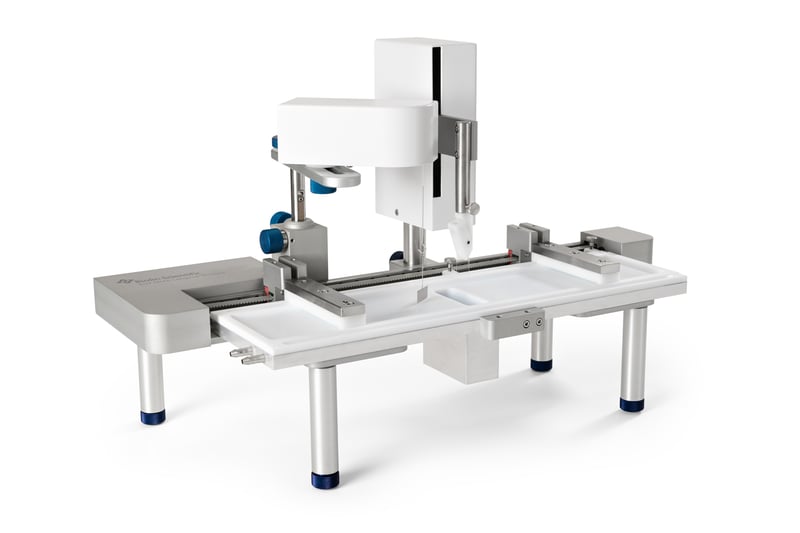
- Langmuir and Langmuir-Blodgett Troughs Brochure
- Modules and Accessories Brochure
- Thin film Deposition Brochure
- Application Overview: Nanoparticle Thin Film Fabrication
- Application Note: Interactions of biomolecules in cell membrane models
- Application Note: Deposition and characterisation of single-sheet graphene and graphene oxide films
- Application Note: Reaching high monolayer surface pressures using a ribbon barrier trough: the case of near-zero surface tension pulmonary surfactants
What you can do
Technology benefits
The Langmuir and Langmuir-Blodgett technologies have unique advantages leading to extensive usage of the method worldwide. These benefits include:
- Precise control of molecular packing density
- Precise control of coating thickness
- Homogeneous deposition over large areas
- Enables multilayer structures with varying layer composition
- High flexibility in using different kinds of particles and substrates
- Coating quality can be pre-monitored prior to deposition
Widen your view
In this 3-minute video, you can explore the possibilities of our Langmuir and Langmuir-Blodgett troughs. Watch it in fullscreen for the best experience.
3 reasons to invest
Quality
Usability
The system uses standardized Wilhelmy method with platinum plate for surface pressure sensing. You also have the option to use disposable paper plates to avoid cleaning. The powerful KSV NIMA LB software integrates all controls and data analysis into the same software, including different characterization tools.
Versatility
Specialized characterization tools ensure floating thin layer quality both prior to and after the coating process. Open modular design with simple trough top and barrier placement enables easy integration to characterization systems, upgradeability and easy cleaning of parts.
Roll-to-roll LB Trough
Roll-to-Roll LB (R2R LB) widens the possibilities of the LB technology. In the R2R LB process, a flexible substrate is fed continuously into the trough where it passes through the monolayer of nanoparticles or other material. This enables coating large substrate areas quickly with precise control over the deposition parameters.
Would you like to get the full brochure to your inbox?
Troughs for every need
We offer a wide selection of L&LB Troughs with various sizes and functionalities. Our L&LB systems are fully modular, and one frame can be used for different sizes and types of trough tops. In addition to the standard offering below, custom trough tops can be created upon request.
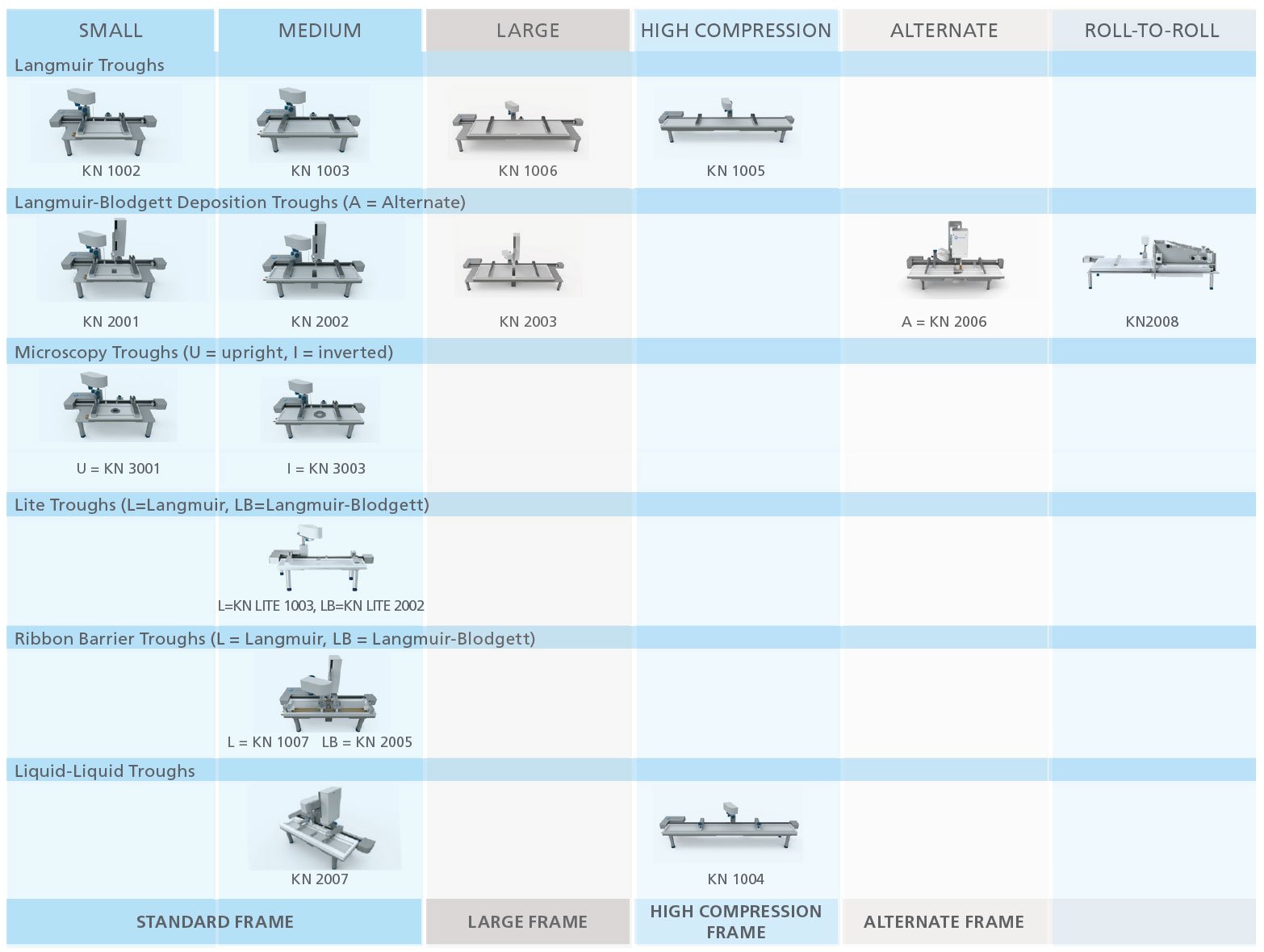
A closer look
Let the specifications of our different troughs guide you to what you need in your research.
| Small | Medium | Liquid-Liquid Medium | Large | Liquid-Liquid High Compression | High Compression | Alternate | Roll-to-Roll | |
Surface area (cm2) |
98 |
273 |
269(197*) | 841 | 580(423*) | 587 | 586 (x2**) | 2330 |
Trough top inner dimensions
|
195 x 50 x 4 | 364 x 75 x 4 | 364 x 74 x 7 (364 x 54 x 10*) |
580 x 145 x 4 | 784 x 74 x 7 (784 x 54 x 10*) |
782 x 75 x 5 | 782 x 75 x 5 (x2**) |
685 x 340 x 4 |
Maximum compression ratio |
5.2 | 10.8 | 10.8 | 18 | 24.7 | 24.7 | 3.9 | - |
Barrier speed (mm/min) |
0.1...270 | 0.1...270 | 0.1...270 | 0.1...270 | 0.1...270 | 0.1...270 | 0.1...270 | 0.1...270 |
Balance measuring range (mN/m) |
0...300 | 0...300 | 0...300 | 0...300 | 0...300 | 0...300 | 0...300 | 0...300 |
Maximum balance load (g) |
1 | 1 | 1 | 1 | 1 | 1 | 1 | 1 |
Balance resolution (μN/m) |
0.03 | 0.03 | 0.03 | 0.03 | 0.03 | 0.03 | 0.03 | 0.03 |
Langmuir trough top |
• | • | - | • | • | • | - | - |
Total subphase volume (mL) |
39 | 109 | - | 336 | 406 (212*) | 293 | - | - |
Langmuir-Blodgett trough top |
• | • | • | • | - | - | • | • |
Total subphase volume (mL) |
57 | 176 | 450 | 578 | - | - | 1400 | 5430 |
Dipping well dimensions(L x W x H mm) |
20 x 30 x 30 | 20 x 56 x 60 | 20 x 54 x 60 | 20 x 110 x 110 |
- | - | Half a circle, radius 75; depth 74 |
300 x 300 x 50 |
Maximum sample size(T x W x H mm) |
3 x 26 x 26 (1 inch) |
3 x52 x56 (2 inches) |
3 x 50 x 56 | 3 x 106 x 106 (4 inches) |
- | - | 3 x 30 x 50 (min height 30 mm) | 200 (Substrate width) |
Dipping speed (mm/min) |
0.1…108 | 0.1…108 | 0.1…108 | 0.1…108 | - | - | 0.1…108 | 1…100 (Substrate roll speed) |
Extraction angle |
- | - | - | - | - | - | - | Adjustable, 30-90 degrees with increments |
Upright microscopy troughtop |
• | - | - | - | - | - | - | Adjustable, 30-90 degrees with increments |
Inverted microscopy troughtop |
- | • | - | - | - | - | - | - |
Ribbon barrier trough top |
- | • | - | - | - | - | - | - |
Compatible with |
||||||||
KSV NIMA ISR |
- | - | - | - | • | • | - | - |
KSV NIMA MicroBAM |
- | • | - | • | - | • | • | • |
KSV NIMA SPOT |
- | • | • | • | - | • | - | • |
* The Liquid-Liquid Trough is deeper than a standard trough as this allows for the two liquid phases. The value in the brackets corresponds to confinement of the lower phase (other value for the upper phase).
** The Alternate-Layer Deposition Trough is made of two separated compartments for creation of two monolayers simultaneously.
• : Available
– : Not available/Not applicable
KSV NIMA LB SOFTWARE
The KSV NIMA LB Software is a powerful tool for creating coatings and studying Langmuir films. Based on 30 years of experience, KSV NIMA LB Software includes all the tools needed for effective and easy measurements and data processing.
The versatile measurement modes enable measurements from dipping all the way to compression isotherms, adsorption studies and interfacial rheology. The software saves the entire measurement setup together with the results for convenient analysis. All data can be easily viewed, plotted, reported and exported as needed.
Measurement features
- Coating mode, for depositing material layer, including a coating effectiveness parameter transfer ratio, keeping the packing density constant throughout dipping
- Compression/relaxation isotherms, for molecular interactions and phase changes
- Isochores/isobars, by automatically keeping the pressure stable and following temperature/area changes
- Monolayer kinetics, for enzyme, polymerization or any other zero-order reactions
- Adsorption and penetration of enzymes, proteins, peptides and similar molecules
- Interfacial rheology, for viscoelastic studies of Langmuir films, for emulsion or foam stability, with oscillating barriers method
- Integrated KSV NIMA characterization tool functions, for easy integration, such as automatic image recording based on surface pressure when combined to KSV NIMA MicroBAM
Computer requirements
-
1 GHz processor
-
1 GB RAM
-
40 GB hard disk drive (20 GB free)
-
1 USB-port
-
Windows 10
-
Accessories such as water bath and MicroBAM require an additional free USB port
Add more possibilities
Expand your possibilities with selected accessories for our Langmuir & Langmuir-Blodgett Troughs. For the complete list, have a look at the brochure below.
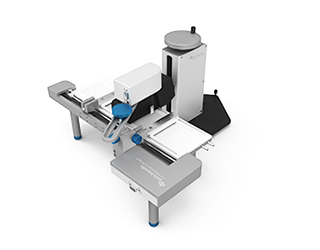
MicroBAM
MicroBAM (Brewster Angle Microscope) enable visualization of monolayers, typically at the air-water interface in a Langmuir Trough.
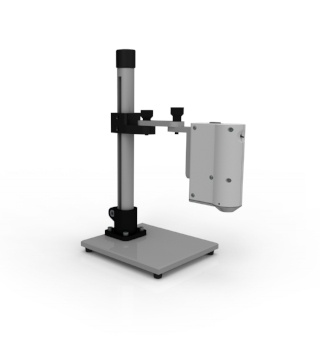
SPOT
The KSV NIMA Surface Potential Sensor (SPOT) is used for determining molecular orientation changes in Langmuir films. Together with the surface pressure sensor included in all KSV NIMA Langmuir and Langmuir-Blodgett Troughs, it gives an in-depth view of the Langmuir monolayer interactions.
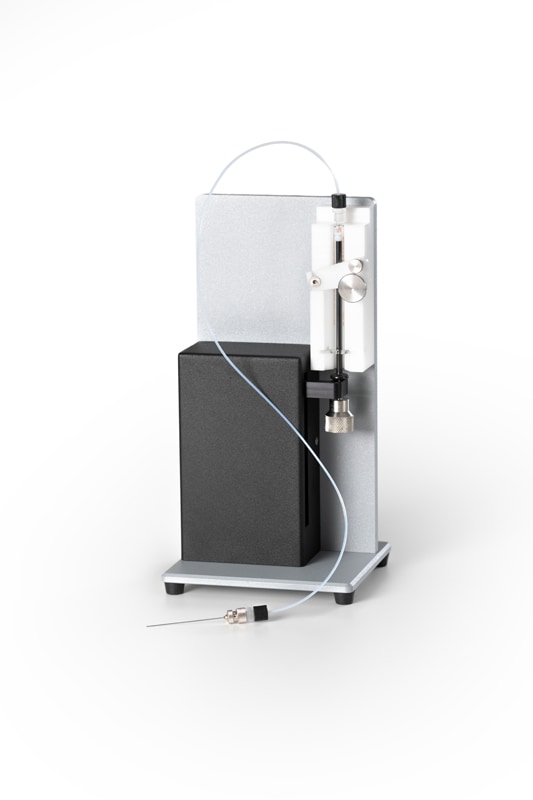
Syringe Pump
For PC-controlled monolayer sample introduction. Enables superior dispensing accuracy compared to sample introduction manually by hand. Controlled with the KSV NIMA LB software. Dispensing resolution 0.1 µl.
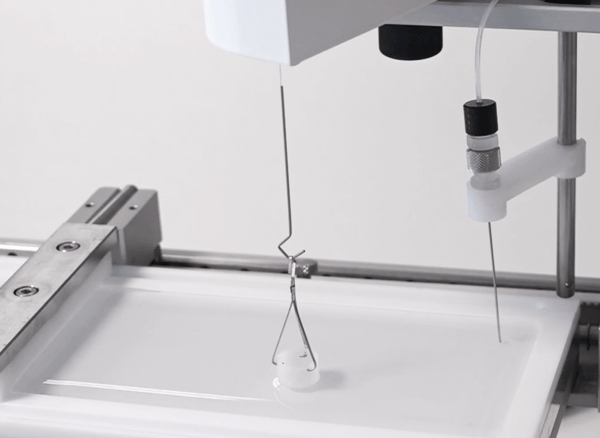
Subphase Evaporation Compensation Tool
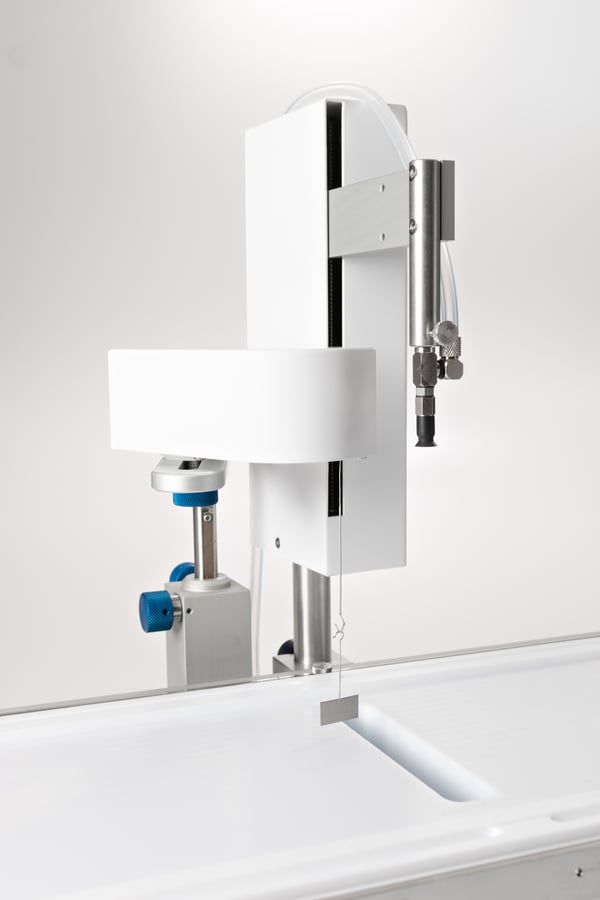
Vacuum Pump Based Horizontal Dipping Clamp (Langmuir-Schaeffer)
To perform horizontal LS deposition on your Langmuir, Langmuir-Blodgett or Microscopy Trough, you will need a dipping mechanism and a Langmuir-Schaefer holder. The holder consists of a suction pump connected with flexible tubing to a sample holder rod. On the end of the sample holder is a soft rubber suction cup that creates a vacuum when brought into contact with a substrate.
What others say
Our instruments are present at many prestigious universities and research facilities worldwide. Take a minute to find out what others say about Langmuir & Langmuir-Blodgett Troughs from KSV NIMA.
“Our studies aim for instance at characterizing the interaction of drugs or toxics with monolayers. We use KSV NIMA Langmuir troughs to form monolayers and control packing densities. Our relationship with KSV NIMA is very special: they always give very fast answers and they are interested in helping us with our research.”
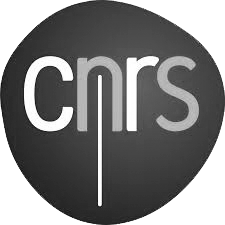
CNRS / Université de Lorraine, France
The Centre National de la Recherche Scientifique (National Center for Scientific Research) is a government-funded research organization that account for more than a quarter of the public research in France.
"We are using LB troughs to try to accumulate the polymer on a substrate. Because of its user-friendly features, KSV NIMA LB troughs are the best choice. Also, since replacement of students regularly occurs at the University lab, the easy to use KSV NIMA trough, I believe, really fits this type of environment.”

Kyoto University, Japan
Founded in 1869, Kyoto University is one of the best universities in the world, claiming no less than 6 Nobel prize winners. The second largest University, in Japan, after Tokyo University with a yearly budget of over ten billion yen.
“We are creating cutting-edge nanoparticle coatings with our KSV NIMA Langmuir-Blodgett system for use in advanced future applications. We are working, for example, on dynamic smart nanoparticle-based window coatings that have the potential to make an enormous contribution to saving energy worldwide. We are using the KSV NIMA Langmuir-Blodgett technology as it allows us to control the properties of our coatings very precisely: packing density, coating layer thickness, flexibility in using different particles. With all these benefits combined with the quality and knowhow from KSV NIMA, it is a pleasure to work and collaborate with them.”
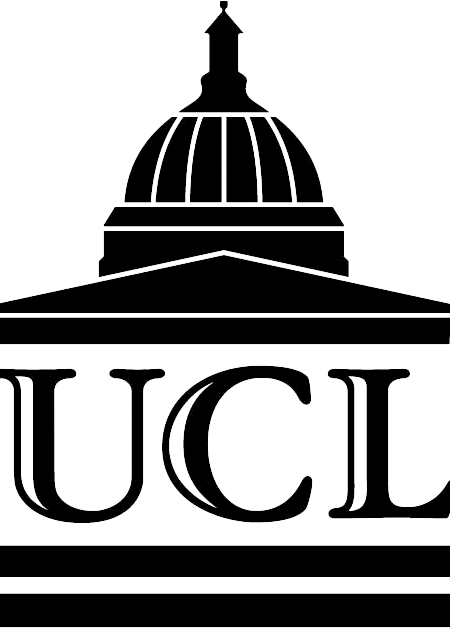
Univeristy College London, UK
University College London (UCL) is London’s leading multidisciplinary university, with more than 11,000 staff and 38,000 students from 150 different countries. With a history dating back almost 200 years, it has produced a total of 29 Nobel laureates.
“We are using the LB to prepare LB films of phthalocyanines on ITO (indium tin oxide) to use them as voltametric sensors. We’ve recently started to prepare LB films of lipids/enzymes/phthalocyanines to also be used as electrochemical biosensors. We need KSV NIMA LB because the high order degree allows to attain better quality and more reproducible voltagrams. In the case of biosensors, the enzyme is immobilized in an environment similar to a cell membrane, resulting in higher sensitivity. KSV NIMA and Lasing provide great and friendly service, with prompt technical support with technicians who are thoroughly familiar with the instruments”.
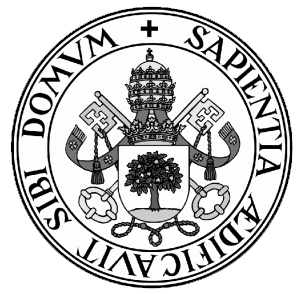
University of Valladolid, Spain
The University of Valladolid is home to more than 30,000 students and 2000 faculty members, and considered the oldest university in Spain.
Learn more
We have gathered all in-depth knowledge associated with our L&LB Troughs. Browse around amongst webinars, white papers and overviews to find a topic of interest.
- KSV NIMA
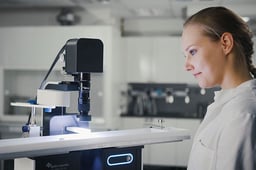
ISR Flip: An interfacial shear rheometer based on a mobile magnetic trap
- KSV NIMA
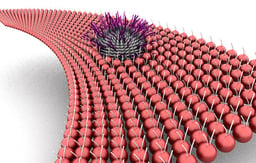
Investigating the Interactions of Lipid Interfaces with Nanomaterials
- KSV NIMA
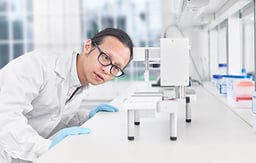
Langmuir Blodgett Films for Molecular Electronics
- KSV NIMA
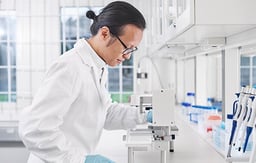
Highly Controlled Nanoparticle Deposition
- KSV NIMA
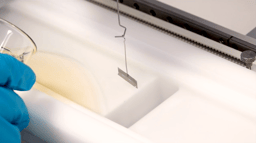
Intro to Interfacial Rheology 2022
- KSV NIMA
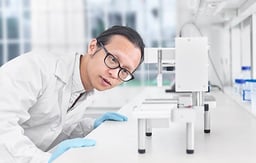
Langmuir-Blodgett - Biotech and material science applications
- KSV NIMA
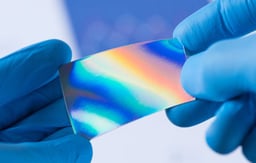
Creating Organized Nanomaterial Coatings with the Langmuir-Blodgett Method
- KSV NIMA
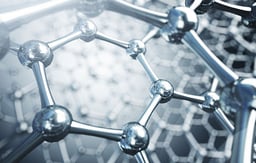
Solution Based Deposition of Graphene and Graphene Oxide
- KSV NIMA
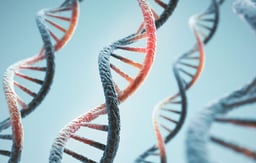
Langmuir and Langmuir-Blodgett Films from Photoactive Derivatives of DNA Nucleobases
- KSV NIMA
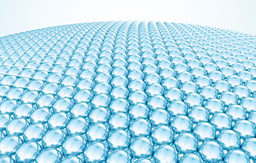
A Practical Guide to the Deposition of Nanoparticle Monolayer
- KSV NIMA

How to Deposit Graphene Oxide
- KSV NIMA
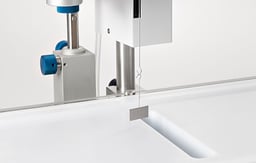
5 Most Common Nanoparticle Deposition Methods
- KSV NIMA
